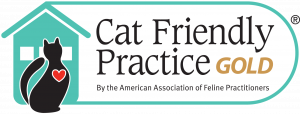Library
-
Cryptorchidism is the failure of one or both testicles to descend into the scrotum. Toy breeds may be more at risk, but it can affect any breed of dog and is believed to be an inherited trait. Diagnosis can usually be made by palpation but sometimes requires blood testing or an abdominal ultrasound if the dog’s history is unknown. Risks of retained testicles include testicular cancer, spermatic cord torsion, and the development of undesirable male characteristics, so neutering is strongly recommended. Surgery is generally routine, and recovery is similar to any abdominal surgery.
-
Retinal detachment can cause sudden blindness or vision changes. It is generally secondary to an underlying condition like high blood pressure. Diagnostics and treatment are discussed. Prognosis is guarded to good depending on the underlying cause.
-
Some dogs have a condition known as paroxysmal respiration, more commonly called reverse sneezing. With this condition, the dog rapidly pulls air into the nose, whereas in a regular sneeze, the air is rapidly pushed out through the nose. The dog makes a snorting sound and seems to be trying to inhale while sneezing.
-
Rifampin is commonly used off label to treat infections in horses, and occasionally in dogs and cats. It is usually given by mouth in the form of a capsule or compounded liquid. The most common side effects are vomiting, diarrhea, or reduced appetite. Liver dysfunction is possible. A change in the color of urine, tears, and saliva to a red/orange color is expected but may stain fabrics. Use with caution in pets that have pre-existing liver disease, are pregnant, are elderly, or are lactating. If a negative reaction occurs, call your veterinary office.
-
Ringworm infections in cats are caused by a fungus, not a worm. They can be easily recognized, though definitive testing by fungal culture is recommended. Ringworm is highly contagious and can be spread between animals and from animals to people. The clinical signs, diagnosis, treatment, and risks are explained in this handout.
-
Ringworm infections in cats are caused by a fungus, not a worm. They can be easily recognized, though definitive testing by fungal culture is recommended. Ringworm is highly contagious and can be spread between animals and from animals to people. The clinical signs, diagnosis, treatment, and risks are explained in this handout.
-
Anesthesia-free dentistry is commonly offered at pet stores and grooming facilities. It is more limited than veterinary dentistry, and often a higher-stress option with more potential for injury from sharp instruments. Dental cleanings should only be performed while your pet is under anesthesia. Your veterinarian will customize your pet's anesthetic plan for your pet's overall health.
-
A successful road trip with a cat begins long before the day of travel. Teach your cat that the carrier is a great, everyday place to hang out. Take your cat's medical documents with you and be sure your cat wears identification during travel. Take a small supply of the litter your cat's used to and bring along water from home. Consult your veterinarian to create the best travel plan for your cat if she does not travel well.
-
A successful road trip with a dog begins long before the day of travel. If you have a small dog, teach him that his carrier is a great, everyday place to hang out. For larger dogs, there are several well-designed doggy seat belts for restraint in the back seat. Take your dog's medical documents with you and be sure your dog wears identification during travel. Consult your veterinarian to create the best travel plan for your dog if he does not travel well.
-
Robenacoxib (brand name: Onsior) is given by mouth in the form of a tablet to treat pain and inflammation associated with surgery or other musculoskeletal conditions in dogs and cats. Do not use this medication in pets that are allergic to it, or in pets concurrently using corticosteroids or other NSAIDs. If a negative reaction occurs, call your veterinary office.



